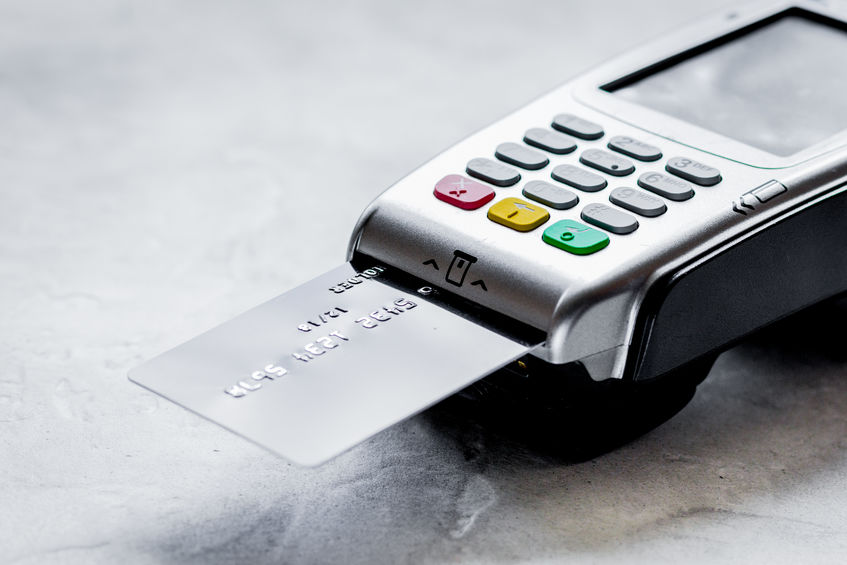Card Dipping: What You Should Know
Card dipping is not a term most people are familiar with, but if you’ve ever inserted your credit or debit card into a payment terminal or ATM, you’ve dipped! Dipping stands in contrast to swiping – the most traditional way to use a payment card – and tapping, the newest and arguably most popular way consumers pay today.
What Happens When You Dip Your Card?
When you dip your debit or credit card, the payment data is transferred to the terminal through the card’s embedded microchip. The payment terminal then asks for some type of verification – in some cases a biometric verification, but in most cases, a PIN number. Once the verification is complete, the payment data can be transmitted to the processor for approval. In essence, the chip serves a duplicate function to the magstripe, storing the exact same information. But, whereas swiping the stripe was once the undisputed king of electronic payments, today, dipping the chip is far more common and, in many cases, the preferred method of merchants thanks to the notable benefits it offers.
The Benefits of Card Dipping
The biggest problem with swiping is that signatures are notoriously easy to forge. Not to mention, many people forget to sign their cards altogether, ensuring that they can be easily used should they ever fall into the hands of a thief.
Dipping eliminates that problem by utilizing a more secure form of verification in the form of either a PIN or biometrics. A PIN is highly secure because the only way a thief or opportunist could use a lost or stolen card would be to monitor its use ahead of time. Biometrics are even more secure because they essentially can’t be faked.
While enhanced security over swiping is great, the biggest reason many merchants prefer dipping is its impact on fees. In many cases, dipping results in lower transaction fees than a swipe or contactless tap – the latter of which can make small purchases with no verification required at all. Because dipping offers the best security of the three options, the interchange rates for card insertions are lower, and those lower rates can result in savings being passed on to the merchant.
Downsides of Card Dipping
Dipping is not a perfect solution, and while it’s more secure than swiping or tapping a contactless card, chip cards can still be exploited. The easiest exploit is simply for a thief to say the chip on a stolen card is broken and request a swipe, rendering the security benefits of the chip moot. Chip cards can also be compromised using card skimmers – fake insertion points mounted on payment hardware that steal the payment details on a card before it hits the real terminal. Skimmers combined with small cameras can be deployed on large systems like gas pumps and ATMs and allow thieves to obtain both the payment information and the customer’s PIN simultaneously.
Better Alternatives
There is one new payment alternative that combines the security of chip cards with the convenience of contactless tap payments – digital wallets. Digital wallets like Apple Pay, Google Pay, and Samsung Pay allow users to load their payment cards into their devices in digital format. Payments can then be made using a default card by simply tapping a smartphone against a standard contactless payment terminal. The digital wallet requires the user to swipe their thumbprint or scan their face to authorize the payment, which, combined with the act of needing to unlock the phone in the first place, all but eliminates the potential of a thief making an unauthorized in-store payment.
BAMS offers a full range of contactless, EMV-compliant payment hardware offering both dip and tap payments. BAMS also offers easy integration with top digital wallets like Apple Pay, enabling merchants to offer their customers the most convenient and the most secure payment options available today. To find out more about how BAMS can help you get set up with the payment hardware you need while slashing your merchant fees and monthly bill, get started with your free five-point price comparison today.




